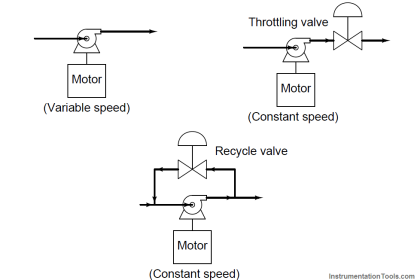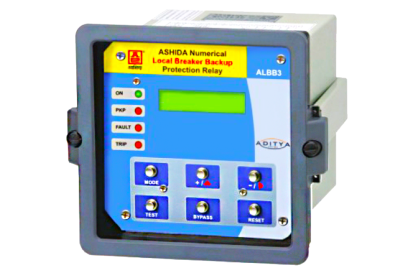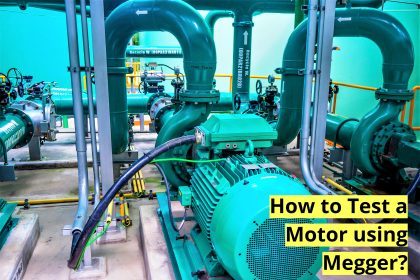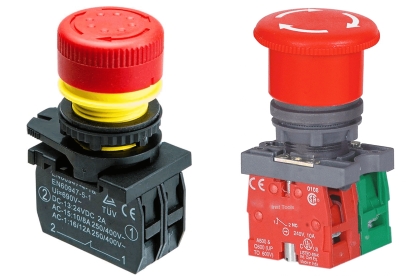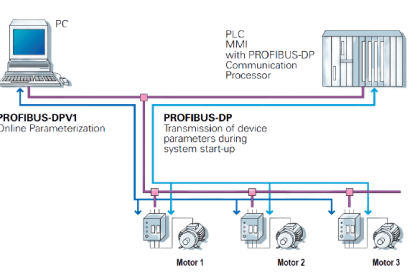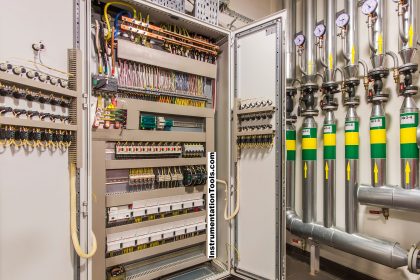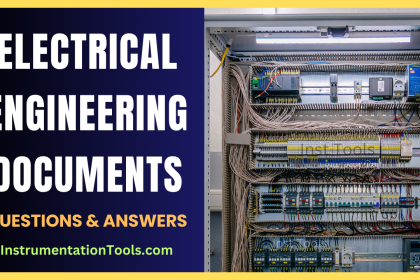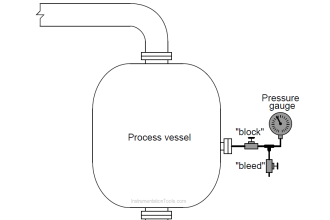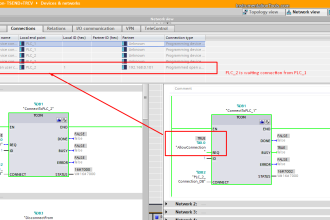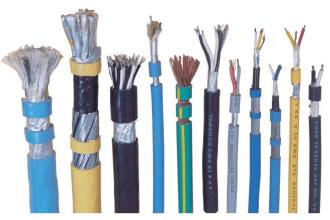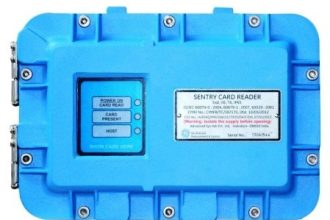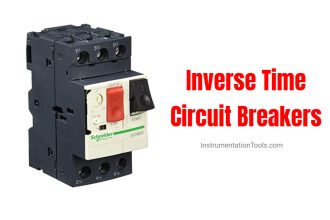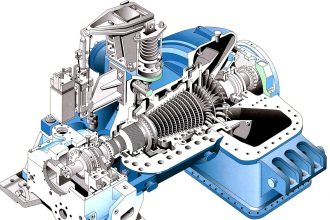In power supply distribution, whenever there is a power failure due to tripping conditions, there are many occasions when the power needs to be restored manually after the fault has been cleared. The problem is that in today’s world where electricity is continuously required and any shortcoming in that for even a few minutes can lead to loss of money and time.
So, there arises a need to automatically restore the electricity once the fault has been cleared and the voltage has returned to normalcy. This task can be done by a device called an automatic circuit recloser. In this post, we will see the concept of an automatic circuit recloser.
What is auto reclosing?
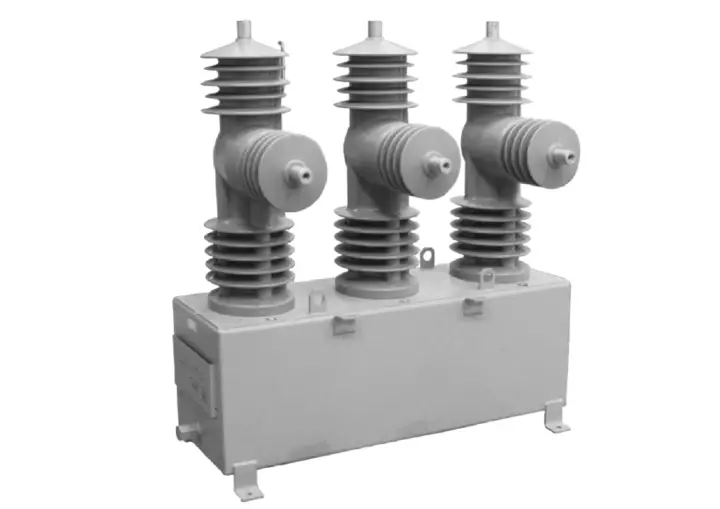
First of all, let us understand why reclosing is needed. Imagine you have some circuit breakers in your electrical network. Now, if any one of the circuit breakers fails due to trip conditions, it will open.
Once opened, it will not close automatically. First of all, the trip condition needs to be cleared. But when the fault is cleared, then too it will not close automatically. Someone needs to go and close the breaker again. This will again start the current flow.
Suppose the voltage has come to a normal state after an hour, then too the user will not receive electricity; because the breaker was still open. Due to this, time is wasted and the work will suffer a lot. So, there should be some means by which the electricity will resume its flow automatically, once the voltage resumes normal condition. This is done by a device called an automatic recloser.
Automatic circuit recloser or ACR is just like a circuit breaker in function. In the sense of any overcurrent or spike transitions, the ACR will open the circuit and trip itself. But, after some period of time, it will close the circuit again and test the voltage supply and its nature. If it is still faulty, then the breaker will trip once again.
This operation continues 3-4 times usually, where the ACR will open and close automatically if the line is still faulty. In these attempts, if the power was normal, then it would remain closed and allow electricity to flow. But if in these attempts, if the line was still faulty, then the ACR will open and remain in that position.
An operator needs to come and check the line, then reset the ACR once the line becomes normal. An ACR thus has a fixed sequence of opening and closing, self-diagnostics, keeping the logs of events that occurred, remote control, controlled time interval and frequency, and automatic reset and lockout operation. ACR comes in various sizes, varying from single-phase power lines to three-phase power lines up to 38KV.
An ACR structure inside consists of a current transformer, protection relay, and intelligent voltage and current sensors. All these function in tandem to protect the circuit, automatically close it or lock it in case of a permanent trip condition.
One thing to note is that this device is mostly used in power transmission lines and heavy line circuits. Now, you will think how is the time set inside? Well, the timing interval and frequency to check the line voltage are incremented in every attempt. Usually, it starts with 1 second waiting time, then 2 seconds, then 5 seconds, and so on. So, the time-frequency is smartly controlled in the device, to allow the circuit for safe operation and also avoid frequent opening and closing.
If this timing was constant in small intervals, and if the fault was a bit larger, then the ACR would have gone into the lockout stage. So, it senses that if the fault was not restored in the first attempt, then it must still be prevailing. All this is done because usually, fault currents and voltages are temporary in nature and remain for a small amount of time.
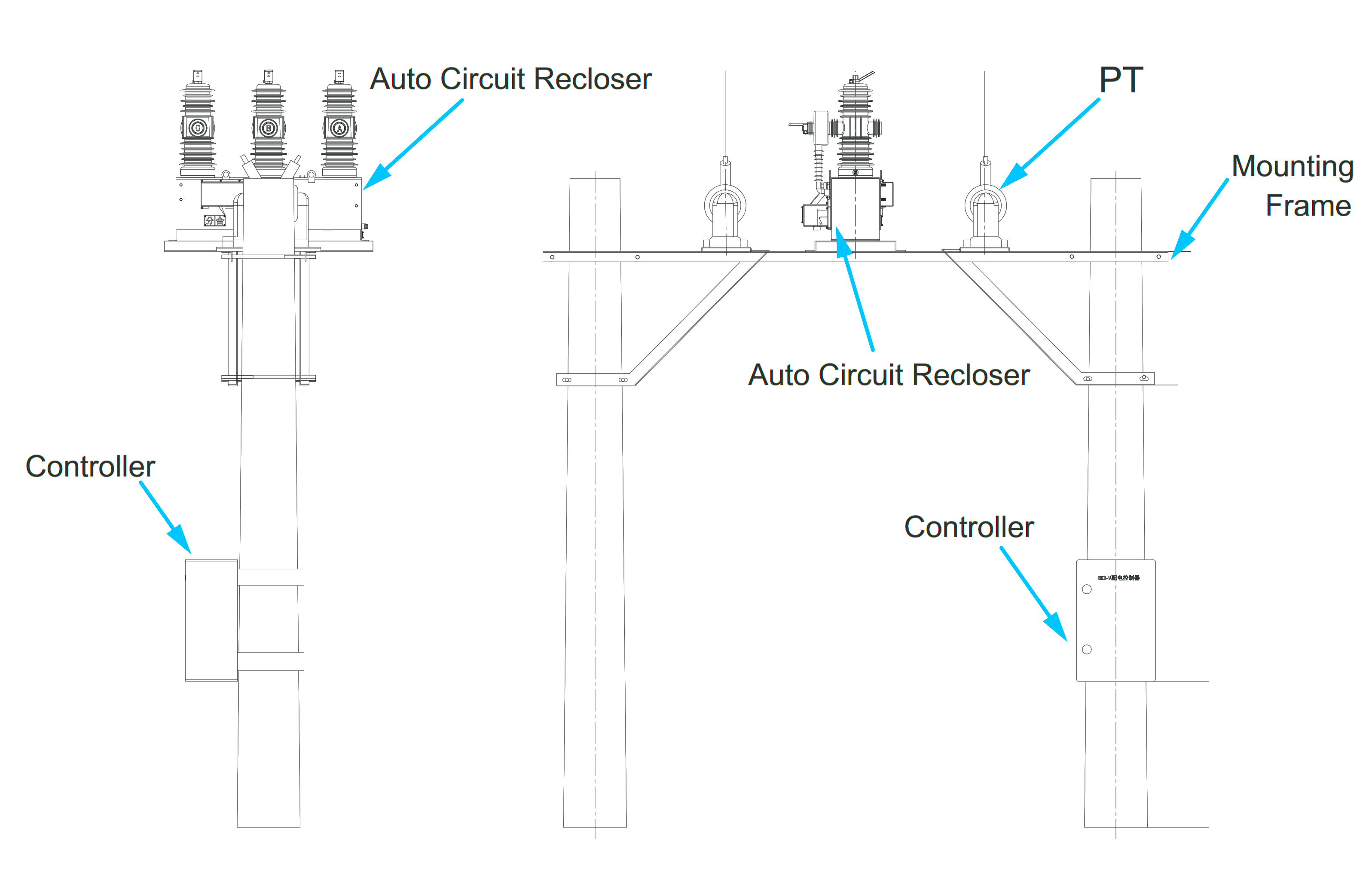
Types of automatic circuit reclosers
The main types of automatic circuit reclosers are listed below.
- Single phase recloser
- Three phase recloser
- Single-three recloser
Single phase recloser
They can be installed only on single-phase lines. That means, if you want to use them for three phases, then three such reclosers will be required. So, if the fault occurs in any one phase, then too the remaining phases will operate if healthy.
Three phase recloser
They can be installed only on three-phase lines. In this, if a fault occurs in any one phase or two phases, then too the whole circuit will trip. This means all three phases will open and close automatically together.
Single-three recloser
This is the most controllable device, where you get three modes of operation according to selection done – three-phase trip and three-phase lockout, single phase trip and three-phase lockout, single phase trip and single phase lockout.
In this way, we saw the working of an automatic circuit recloser.
Read Next:
- PVC, XLPE, Insulated Cables
- Difference between AC and DC
- Smart Grid Feeder Automation
- What is Arc Protective Clothing?
- Why Neutral and Earth Separated?
